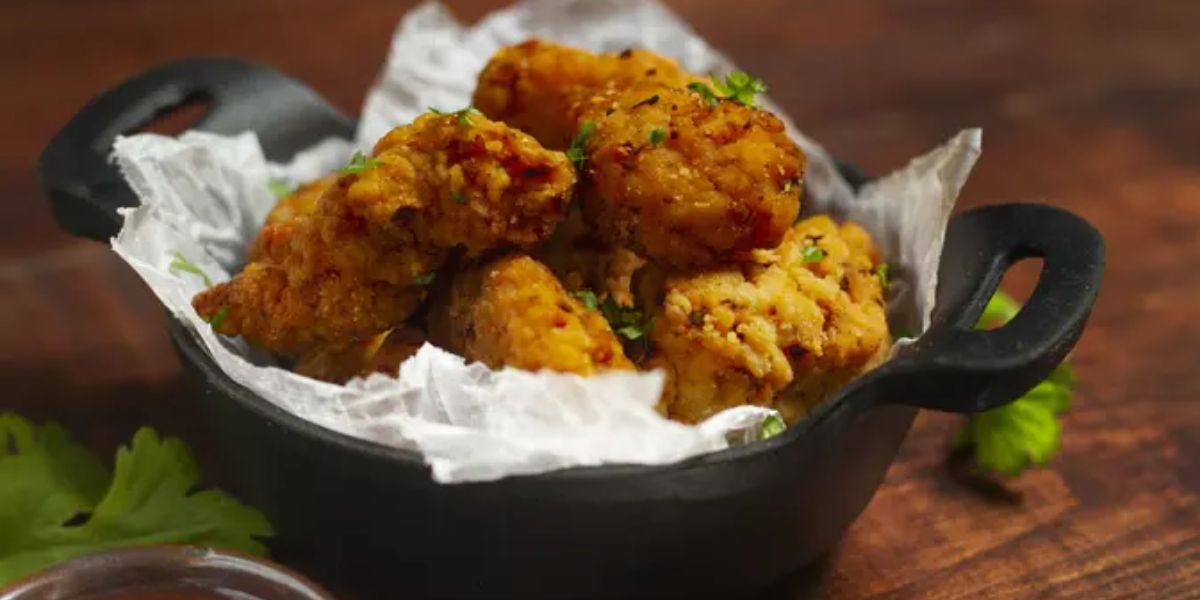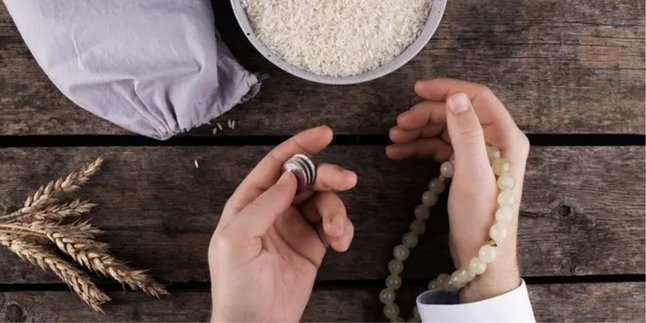Kapanlagi.com - Who can resist the charm of bakwan? This crispy fritter always manages to steal attention, especially when the month of Ramadan arrives. In every corner of Indonesia, almost all street vendors offer bakwan as a must-have dish that cannot be missed. With its savory flavor and soft texture inside as well as crispy outside, bakwan has long been a favorite choice for breaking the fast. Additionally, its affordable price and small size make bakwan a filling snack that is very popular among various groups.
The popularity of bakwan in Indonesia, especially on the island of Java, is undeniable. Almost all restaurants in Java serve bakwan as the perfect complement. Its easy availability and pocket-friendly price make it a snack for the masses.
However, did you know that bakwan is not an original Indonesian food? This dish has a long history that originates from China, where bakwan was once made from meat, not vegetables. Over time, the bakwan recipe adapted to more affordable local ingredients, making it one of the irreplaceable traditional snacks of Indonesia.
So, how did bakwan become a favorite iftar dish during Ramadan? Let’s explore unique facts about bakwan, from its origins to the reasons why this food remains a beloved dish among the Indonesian people, as summarized by KapanLagi.com, Sunday (2/3).
1. From China to Our Dining Table
Did you know that bakwan, the crispy snack we enjoy every day, actually has deep roots in Chinese culinary culture? In Hokkien, "bak" means meat and "wan" means ball, so bakwan was originally a delicious fried meatball.
Since the 17th century, migrants from the bamboo curtain country brought this dish through trade routes, but over time, the recipe has evolved. With the soaring prices of meat, local people began to innovate by replacing it with fresh vegetables like carrots, cabbage, and bean sprouts mixed with flour, then fried until golden brown.
This innovation made bakwan more affordable and favored by various groups. Additionally, it has become a favorite snack that is easily found in traditional markets and street vendor carts.
2. As a Signature Takjil Menu
Bakwan has indeed become a culinary favorite in the country, with each region creating variations that tantalize the taste buds, such as bakwan Malang, bakwan Pontianak, ote-ote Surabaya, and bala-bala from West Java. Each region adds its own unique touch to the ingredients and spices, creating a distinctive flavor.
In East Java, ote-ote shines with its larger size and fresh shrimp pieces hidden inside, adding unparalleled deliciousness. It feels incomplete to enjoy ote-ote without spicy sambal, whether it's rawit chili or tempting black petis sambal.
Meanwhile, in West Java, bakwan becomes even more delicious when paired with sweet and spicy sambal goang or appetizing terasi sambal.
3. Why is Bakwan a Favorite Takjil Menu During Ramadan?
Every evening during Ramadan, street vendors selling fried snacks are always filled with buyers looking for takjil to break their fast. Bakwan is one of the most sought-after menus, and there are several reasons why this fried snack is so popular:
- Easy to find: Bakwan is sold at almost all takjil vendors, both at Ramadan markets and fried snack carts.
- It has a savory and filling taste: The combination of flour and vegetables provides a delicious savory flavor after a day of fasting.
- Affordable price: Compared to other takjil foods like kolak or fruit ice, bakwan is relatively cheaper and can be bought in large quantities.
- Practical to make at home: The ingredients are simple, the cooking method is easy, and it can be combined with various toppings like shrimp bakwan or corn bakwan.
The popularity of bakwan as takjil is also evidenced by a survey conducted by Populix in 2024, where more than 70% of Indonesians chose fried snacks, including bakwan, as their favorite takjil during Ramadan.
"Fried snacks have remained a favorite iftar menu during Ramadan. This is proven by surveys conducted by Populix in 2024, 2023, and 2022. The percentage has always been above 70%, and fried snacks are always chosen whether hunting for takjil at Ramadan markets or cooking at home." writes the page communication.uii.ac.id
4. Bakwan is Not the Only Popular Fried Snack During Ramadan
Besides bakwan, there are various other types of fried snacks that often appear as iftar menu. Some of them include:
- Tempe mendoan: Tempe that is half-fried with seasoned flour.
- Tahu isi: Tofu filled with vegetables and fried until crispy.
- Fried bananas: One of the sweet fried snacks that is also often chosen for iftar.
- Risoles and pastel: Fried snacks filled with vegetables or meat wrapped in thin pastry and then fried.
Fried snacks are indeed a favorite among Indonesians, but bakwan still has a special place, especially because of its flexibility to be made with various additional ingredients, such as corn bakwan, shrimp bakwan, and even corned beef bakwan.
5. Bakwan, Delicious Fried Snack That Should Be Consumed Wisely
Although delicious and appetizing, the consumption of fried snacks like bakwan should be limited, especially during the month of Ramadan. This is because fried foods cooked in reused oil contain trans fats that can be harmful to health, such as:
- Increasing cholesterol
- Triggering digestive disorders
- Raising the risk of heart disease and obesity
The Indonesian Ministry of Health recommends that consumption of fried snacks not be excessive, especially during iftar. As an alternative, you can try:
- Frying with new oil and not reused
- Using healthier cooking methods, such as grilling or using an air fryer
- Balancing your iftar menu with other nutritious foods, such as fresh fruits and vegetables
By doing this, you can still enjoy bakwan as a snack without worrying about its negative health impacts.
"So, consuming fried snacks during iftar is actually fine. However, don’t overdo it. Just eat 1 piece of your favorite fried snack to indulge yourself.
6. FAQ: Questions About Bakwan and Ramadan
1. Why is bakwan called bala-bala in West Java?
In West Java, bakwan is better known as bala-bala, which means "messy" in Sundanese, describing the irregular appearance of bakwan.
2. Does bakwan originate from Indonesia?
No, bakwan originates from China, initially made from meat before eventually adapting to become a vegetable fritter in Indonesia.
3. Why is bakwan always available during Ramadan?
Bakwan is easy to find, inexpensive, and filling, making it a popular choice for iftar snacks.
4. How can you enjoy bakwan in a healthier way?
Use fresh oil, fry with an air fryer, and balance it with nutritious foods like vegetables and fruits.
5. What is the difference between bakwan and corn fritters?
Bakwan is generally made from vegetables like cabbage and carrots, while corn fritters use corn as the main ingredient.
(kpl/mni)
Disclaimer: This translation from Bahasa Indonesia to English has been generated by Artificial Intelligence.












